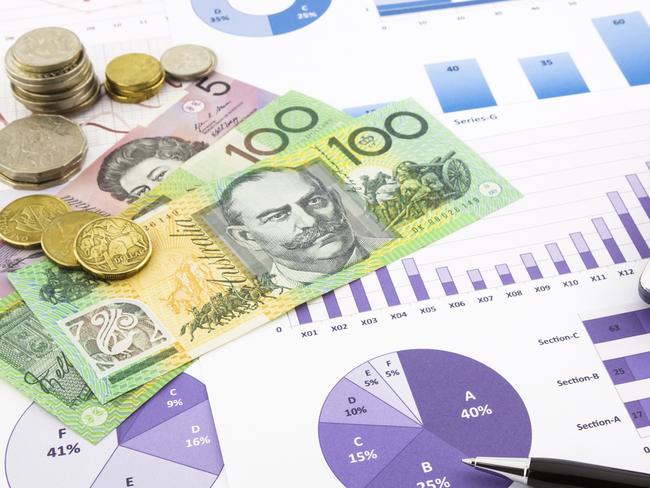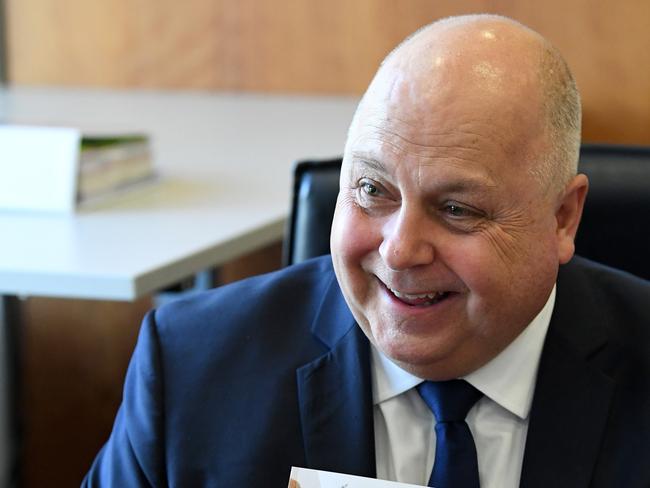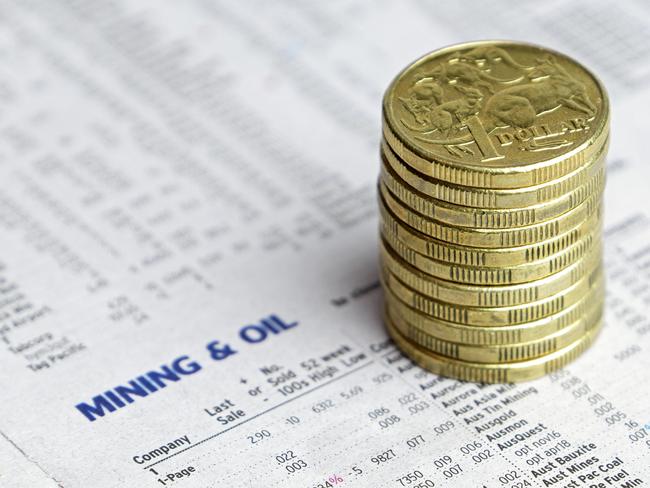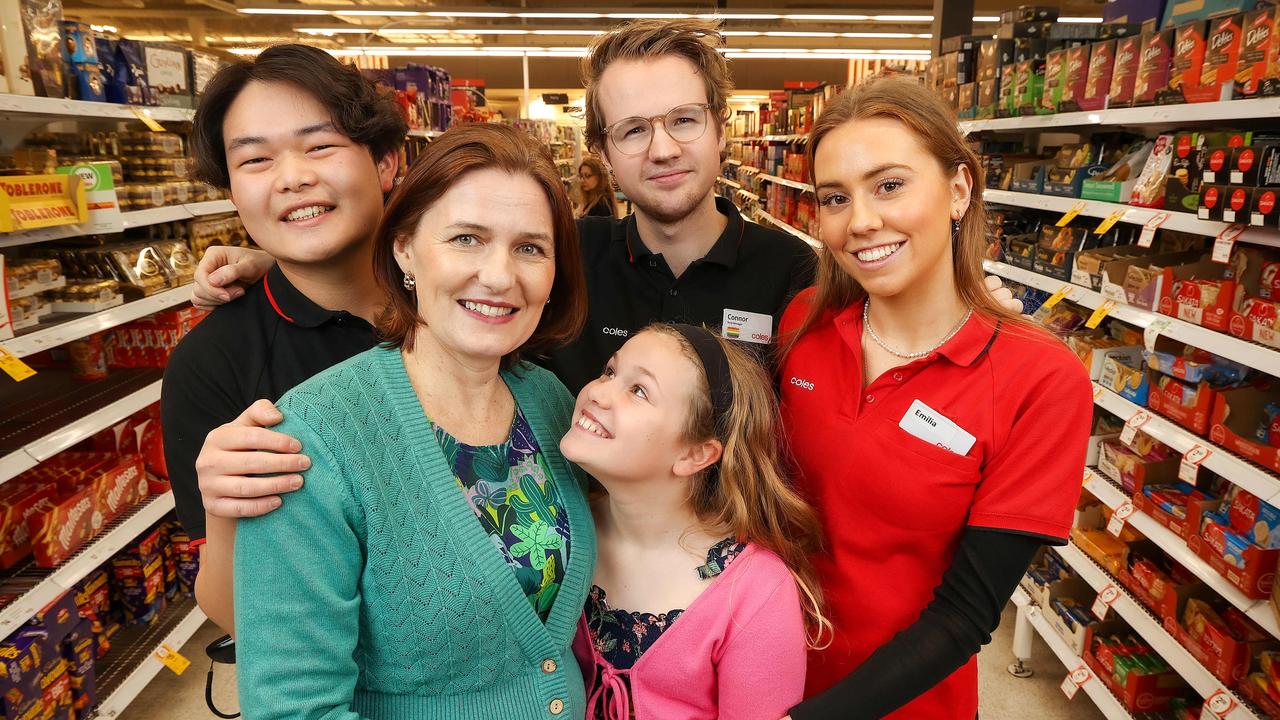Victoria’s total revenue over next year will hit $69.5b
VICTORIANS will see a massive increase in spending built on record revenue and spiralling debt as Labor sets its priorities in an election year.
VIC News
Don't miss out on the headlines from VIC News. Followed categories will be added to My News.
VICTORIANS will see a massive increase in spending built on record revenue and spiralling debt as Labor sets its priorities in an election year.
Total revenue over the next year will hit $69.5 billion, up about $5.5 billion on 2017-18.
This includes a $1.5 billion boost to the tax take to reach $24 billion, and a $3 billion lift in federal grant revenue to a total of more than $33 billion.
MORE BUDGET NEWS:
YOUR 5-MINUTE GUIDE TO THE BUDGET
HIGH-SECURITY ROOMS FOR ICE PATIENTS
STATE BUDGET: BOOST FOR HOSPITALS, COURTS

Spending will reach $68.1 billion — a $6.2 billion rise over a year, with the $25 billion spent on public employees the single biggest cost.
Employee expenses will soar by a massive 10.1 per cent, or $2.57 billion in just one year amid a big recruitment of teachers, health workers, police and others to cope with the state’s rapid population growth.
Also contributing to staff costs are the generous pay deals won by public sector workers like police and teachers.
Treasurer Tim Pallas said the ballooning cost of public sector wages, which will hit $28.3 billion in three years, was about “providing services to a growing population”.
“There is no doubt that we are paying for more public servants and more public servants are getting fair and appropriate compensation for the work that they do,” he said.
“We are getting more value for that money.”
Infrastructure investment will average $10.1 billion a year for four years — more than double the average between 2006 and 2015.

Net debt will reach $24.3 billion in 2018-19 — up $8.5 billion in just two years.
The government will rack up $11.7 billion in extra debt over the next four years and rely on the economy to keep powering along despite a drop off in the engine room of population growth.
Mr Pallas said despite added spending the budget was securing the state’s much vaunted AAA credit rating.
He said in the last three years the state had seen growth rates not seen since the global financial crisis.
“Victoria is the fastest growing economy in the nation,” he said.
The state’s increased spend helps drive a $4.7 billion increase in net debt this year, $3.69 billion next year, $1.8 billion the following and $1.5 billion in 2021-22.
By 2021-22 the state’s net debt will be $31.4 billion — which is about $5000 for every person in the state.
This drives the debt level to 6 per cent of gross state product by 2020-21 — edging closer to the 6.2 per cent cap Mr Pallas has pledged not to exceed.
The level does not exceed 6 per cent in the forward estimates.
Mr Pallas defended that growth in debt.

“Net debt as a proportion of the economy is projected to be lower than the previous government’s final year in office,” he said.
The interest the government pays on things — including debt — hits $2.66 billion in 2021-22.
But key within the budget is for the economy to keep growing consistently despite a drop in the population growth which has stoked the states economic engine in recent years.
Victoria’s population is expected to grow by 2.2 per cent this year, but will “ease” to 2 per cent a year from 2020-21.
Treasury is predicting growth will come from increasing household consumption and public demand “reflecting the government’s large infrastructure program”.
“Gross state product is expected to continue to rise in future years as growth in real economic activity outpaces population growth in each year to the end of the forward estimates,” the budget says.
MORE BUDGET NEWS:
VICTORIA’S BIG-SPENDING ECONOMIC BLUEPRINT WORTH $288 BILLION
CONFIDENTIAL BUDGET BRIEF BUNGLE


